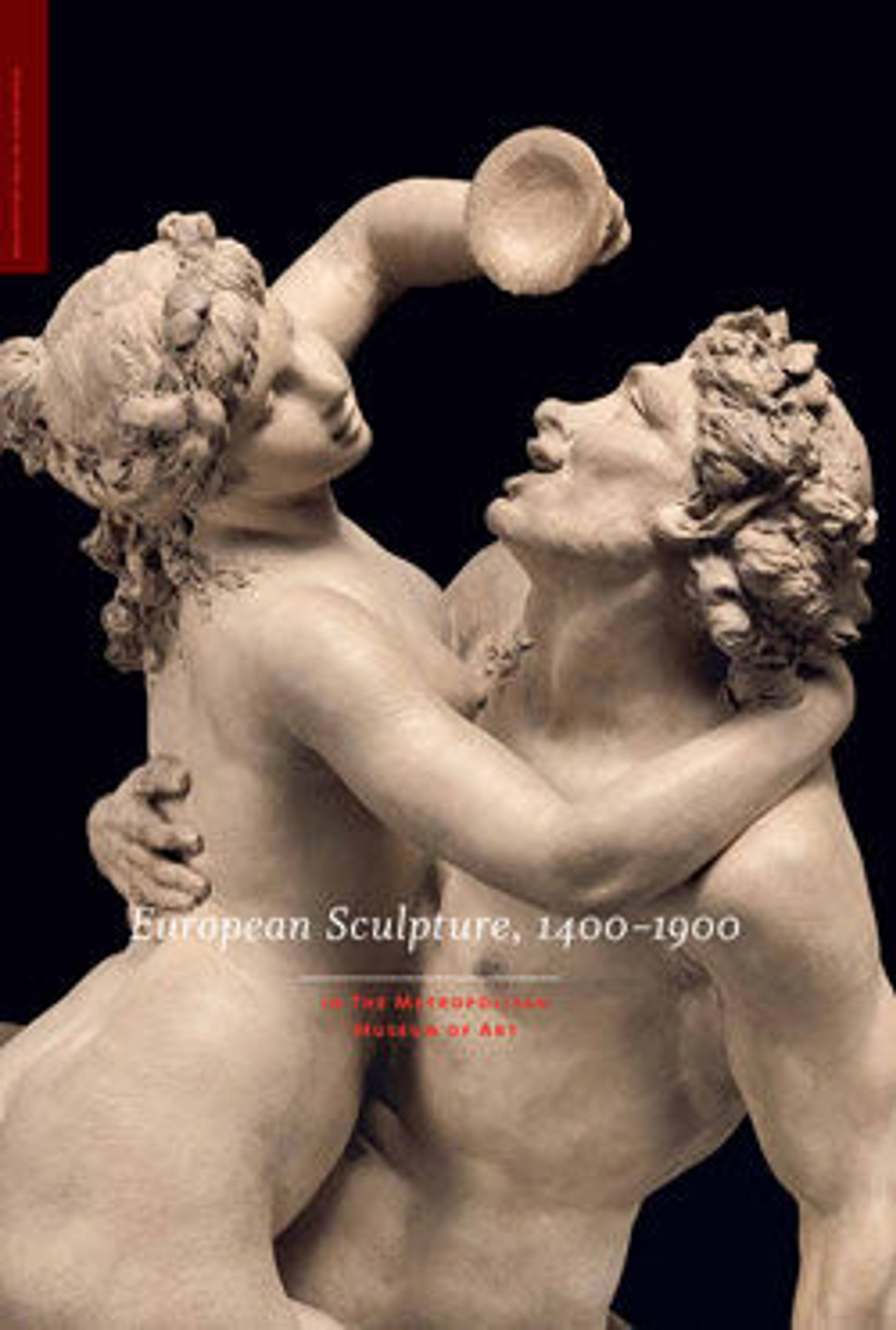John Barnard
The Flemish-born Rysbrack was a dominant force in developing the psychologically penetrating portraiture of Augustan England. A log of his busts, begun by George Vertue in 1732 and continued until 1744, lists a bust of "Dr. Bernard, Bp Rapho," as well as a "Son of Mr. Bernard." The fate of the former bust is not known, but the Museum's bust is securely identifiable with the latter. William Barnard was consecrated bishop of Raphoe in Northern Ireland in 1744, succeeded to the bishopric of Derry in 1746–47, and died in 1768. The names of two sons, both clergymen, are recorded, but that of John Barnard is not. The boy is fashionably outfitted in Hussar costume, but there is a grave and wasted aspect to his intelligent features. Conceivably Rysbrack was asked to perpetuate the memory of a beloved child who died at about the age of eight.
Artwork Details
- Title: John Barnard
- Artist: John Michael Rysbrack (Flemish, Antwerp 1694–1770 London)
- Date: 1744
- Culture: British, London
- Medium: Marble
- Dimensions: Overall (confirmed): 17 × 12 1/8 × 9 1/8 in. (43.2 × 30.8 × 23.2 cm)
- Classification: Sculpture
- Credit Line: Purchase, Gift of J. Pierpont Morgan, The Moses Lazarus Collection, Gift of Sarah and Josephine Lazarus, Bequest of Kate Read Blacque, in memory of her husband, Valentine Alexander Blacque, and Bequests of Mary Clark Thompson and Barbara S. Adler, by exchange, 1976
- Object Number: 1976.330
- Curatorial Department: European Sculpture and Decorative Arts
More Artwork
Research Resources
The Met provides unparalleled resources for research and welcomes an international community of students and scholars. The Met's Open Access API is where creators and researchers can connect to the The Met collection. Open Access data and public domain images are available for unrestricted commercial and noncommercial use without permission or fee.
To request images under copyright and other restrictions, please use this Image Request form.
Feedback
We continue to research and examine historical and cultural context for objects in The Met collection. If you have comments or questions about this object record, please contact us using the form below. The Museum looks forward to receiving your comments.
